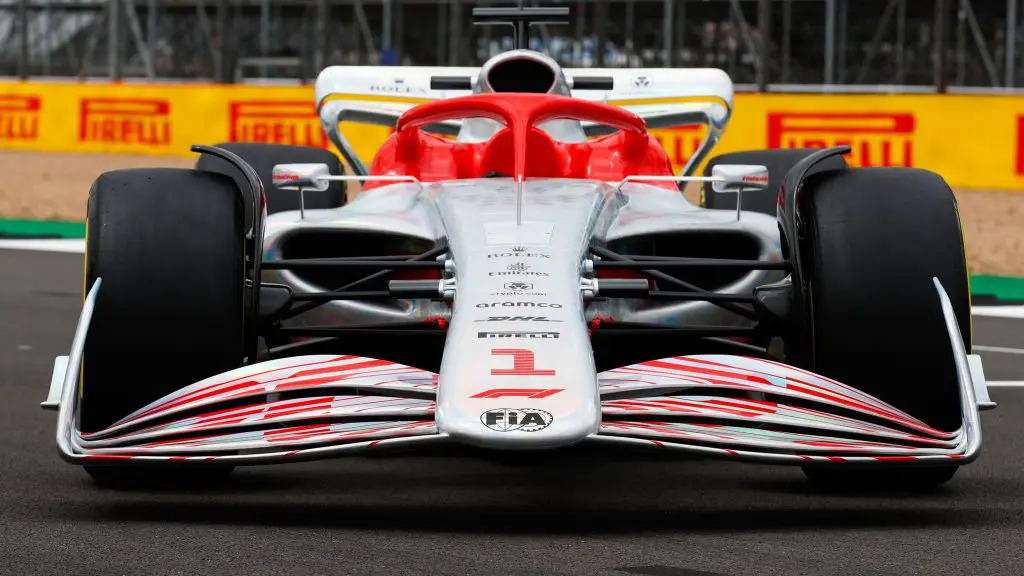The front wing of an F1 car is one of the most important elements that make up the aerodynamics of the car.
The start of the 2022 Formula 1 season is just a few days away. The campaign will provide fresh, new innovations in the sport and here, we take a look at how the 10 teams have adapted their front wing philosophy to tackle the new aerodynamic regulations for this year.

The 2022 front wing on F1 cars is very different to anything that we have seen in the past. A brand new concept in terms of the front wing and the nose of the car will be incorporated.
There will be a considerable change in the shape of the front wing despite them becoming more simple and efficient over the years. The front wing and the nose will be responsible for generating downforce and producing less turbulent air for the car currently behind. This would allow for better overtaking as well.
New Front wing – no gap between nose and the elements
With the new wing, there is no longer a gap between the nose and the elements, which run up flush to the nose. There can no longer be a Y250 vortex which, together with the banning of bargeboards, means the air flows through the wing in a way that keeps it directed within the width of the car.
This allows less downforce which eventually leads to less disruption of the air. It will also be less sensitive to airflow disrupted from the car in front. Meaning drivers can stick closer to the cars in front of them without having to worry about too much dirty air’.
The front wing on the 2022 cars can have up to four wing elements, coming down from the five it had last year. However, the elements are limited in how angled they can be. Therefore the angle of attack of the whole wing is limited.
The corners of each element need to be curved through an arc of a certain size so as not to have the ability to create vortices. Only the top two elements can be adjustable and the angles through which they can be adjusted are also limited.
The endplates will also be comparatively smaller and simpler than the multi-planed devices which had developed under the previous eras. The endplates also impact the elements in creating downforce by restricting how much the air beneath them can move laterally and potentially leak away downforce.
Nose shapes on the front wing have also been more heavily regulated. Changes this year will not see any more thumb tips, nostrils, capes and S ducts.
More F1 News
- Lewis Hamilton doesn’t support IOC’s decision on Black Lives Matter gear during Olympics
- Max Verstappen left surprised as he reaches 100 race milestone with Red Bull
- Damon Hill left in awe after Lewis Hamilton racks up 100 poles in F1 ahead of 2021 Spanish GP
Follow our dedicated Formula One page for instant Formula One news and updates

